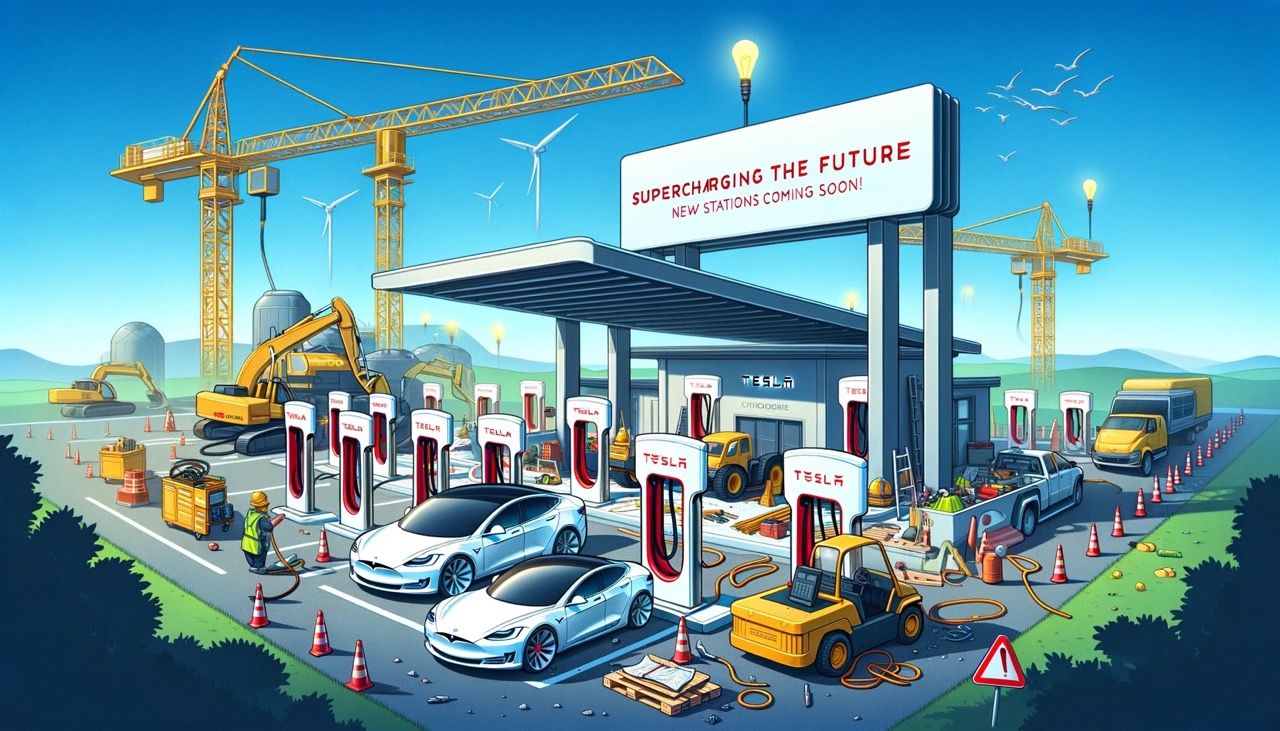Is Home Charging Essential for Electric Vehicle Owners? Exploring Other Options
In the UK, the electric vehicle (EV) market is rapidly expanding, yet many potential buyers are concerned about the feasibility of owning an EV without a home charging station. Let’s explore various charging options and determine if home charging is indispensable or if there are practical alternatives.
Charging an EV with a Regular Home Outlet
One of the most common questions prospective EV owners ask is whether they can charge their vehicle using a standard 120V home outlet. The answer is yes, but with limitations. Most EVs come with a charging cable that can be plugged into a standard outlet, known as Level 1 charging. While this method offers only about 5 miles of range per hour of charging, it’s suitable for those with shorter daily commutes.
Considering the average Briton drives less than 40 miles a day, charging overnight for 12 hours can easily provide the necessary mileage. However, for longer commutes, Level 1 charging might not be efficient enough.
The Advantages of Level 2 Charging Stations
Level 2 charging involves using a dedicated 240V/32 or 240V/40 amp charger. This can drastically reduce charging times, offering about 25-30 miles of range per hour. Therefore, an overnight charge could provide anywhere from 250 to 300 miles of range, making it a practical solution for those with longer journeys.
Installing a Level 2 charger at home may require some initial investment, primarily if your house isn’t already equipped with a 240V outlet in the garage or driveway. In such cases, hiring a qualified electrician would be necessary.
Public Charging Infrastructure: A Growing Network
The UK is significantly ramping up its public charging infrastructure, making relying solely on public chargers increasingly viable. From supermarkets to motorway service stations, finding a Level 3 DC fast charging station that can add up to 600 miles of range per hour is becoming easier. Though high-speed Level 3 chargers (often called rapid chargers) are primarily found at public charging stations and not typically installed at homes, they offer a quick charging solution for those in need.
The Role of Time-Based Electricity Rates
One key advantage to using home charging options involves taking advantage of Time of Use (TOU) electricity rates. Many UK energy providers offer these rates, which charge less for electricity during off-peak hours. For instance, charging an EV at night when electricity is cheaper can significantly reduce operational costs. Prospective EV owners should consult their electricity providers for available TOU rates and other incentives, such as subsidies for installing home charging stations.
Case Studies: Real-World Examples
Consider the example of a 2015 BMW i3 owner who manages just fine with the standard 120V charging cable. With a range of about 81 miles and daily usage under 40 miles, the i3 is typically charged overnight to maintain a near-full battery. This setup is economical and hassle-free for shorter commutes.
On the other hand, a 2024 Tesla Model Y owner opts for a Level 2, 240V/32 amp charger. Given the Model Y’s 310-mile range, the vehicle usually only needs around two hours to charge during off-peak hours, thus taking full advantage of cheaper electricity. This setup is ideal for those needing more range and quicker charging times.
Conclusion: Tailoring Your Charging Strategy
In conclusion, whether home charging is essential depends on individual circumstances. Level 1 charging might suffice for those with shorter commutes, while Level 2 or public Level 3 chargers offer practical solutions for longer journeys. Leveraging TOU rates can further optimise costs, making EV ownership more affordable and sustainable.
Ultimately, understanding your driving habits and local charging infrastructure is key to determining the best charging strategy. With growing public charging networks and various home options available, transitioning to an electric vehicle is becoming more accessible than ever for UK residents.
